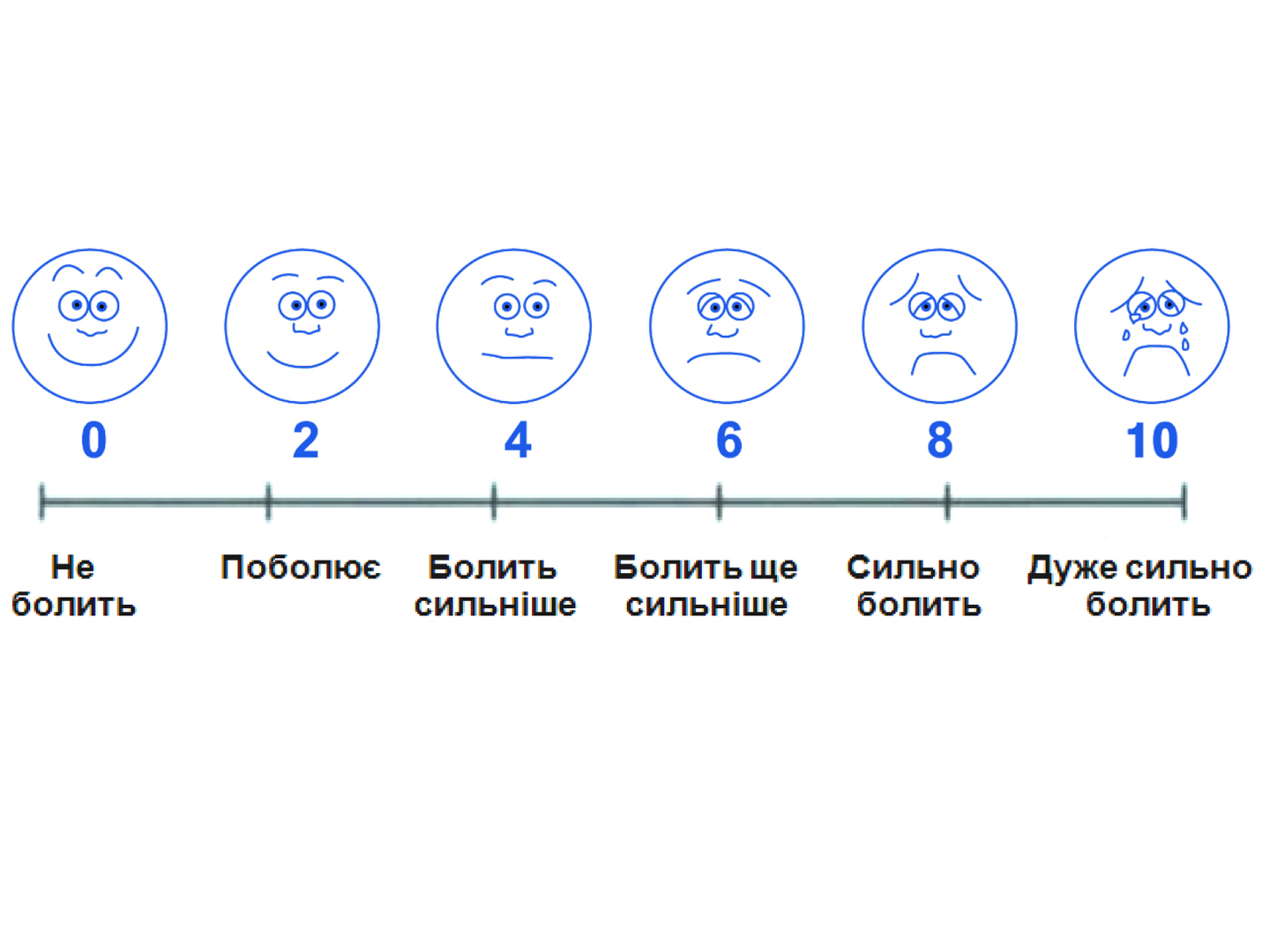The role of the multimodal analgesia in the complex therapy of gerontology patients with traumatic disease
Kharkov State Medical University
Summary.
90 geriatric patients with trauma was examined. We investigated the clinical and biochemical parameters, blood gases, and apoptosis markers of endothelial dysfunction, and pain intensity, quality of analgesia. It was revealed that the use of paracetamol in a complex of intensive therapy of traumatic disease in geriatric patients significantly reduced the severity of pain with the minimum daily dose and short term of forced needs for anesthesia.
Keywords: pain, trauma, gerontological patients.
INTRODUCTION
In connection with the development of scientific and technological progress, modern medicine tends to reduce the number of postoperative complications, to reduce duration of stay in hospital and reduce the treatment expense [1].
Given that the course of traumatic disease is determined by the reactivity of the body that depends on the anatomical and physiological features of each patient, geriatric patients deserves special attention, cause their age-related changes and concomitant somatic pathology put forward some requirements to therapy.
The increased oxygen debt due to even minimal blood loss, which occurs in elderly patients on the background of the quantitative deficit “fully mature red blood cells”, as well as excessive activation of the sympathetic nervous system caused by pain with the consequent increase of myocardial oxygen demand and an increase of the catecholamine-procoagulant plasma level exacerbates the development of multicomponent hypoxia in geriatric patients, which has a negative impact on the prognosis of traumatic disease in general [2–4]. At the same time throughout the period of treatment of such patients a high probability of protopathic and visceral pain in the clinical presentation is an important factor that is directly related to the change in the oxygen regime of tissue – the development of oxygen deficiency is the energy equivalent of the structural deficit [5, 6].
Taking into account all the possible consequences of inadequate post-traumatic and/or postoperative analgesia in elderly patients with trauma, precisely gerontological group of patients require special attention because of their age-related changes of the body and the concomitant somatic pathology that put forward specific requirements for the prescription of analgesic.


